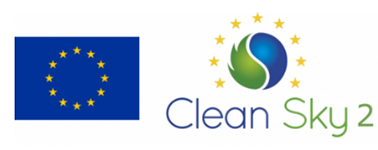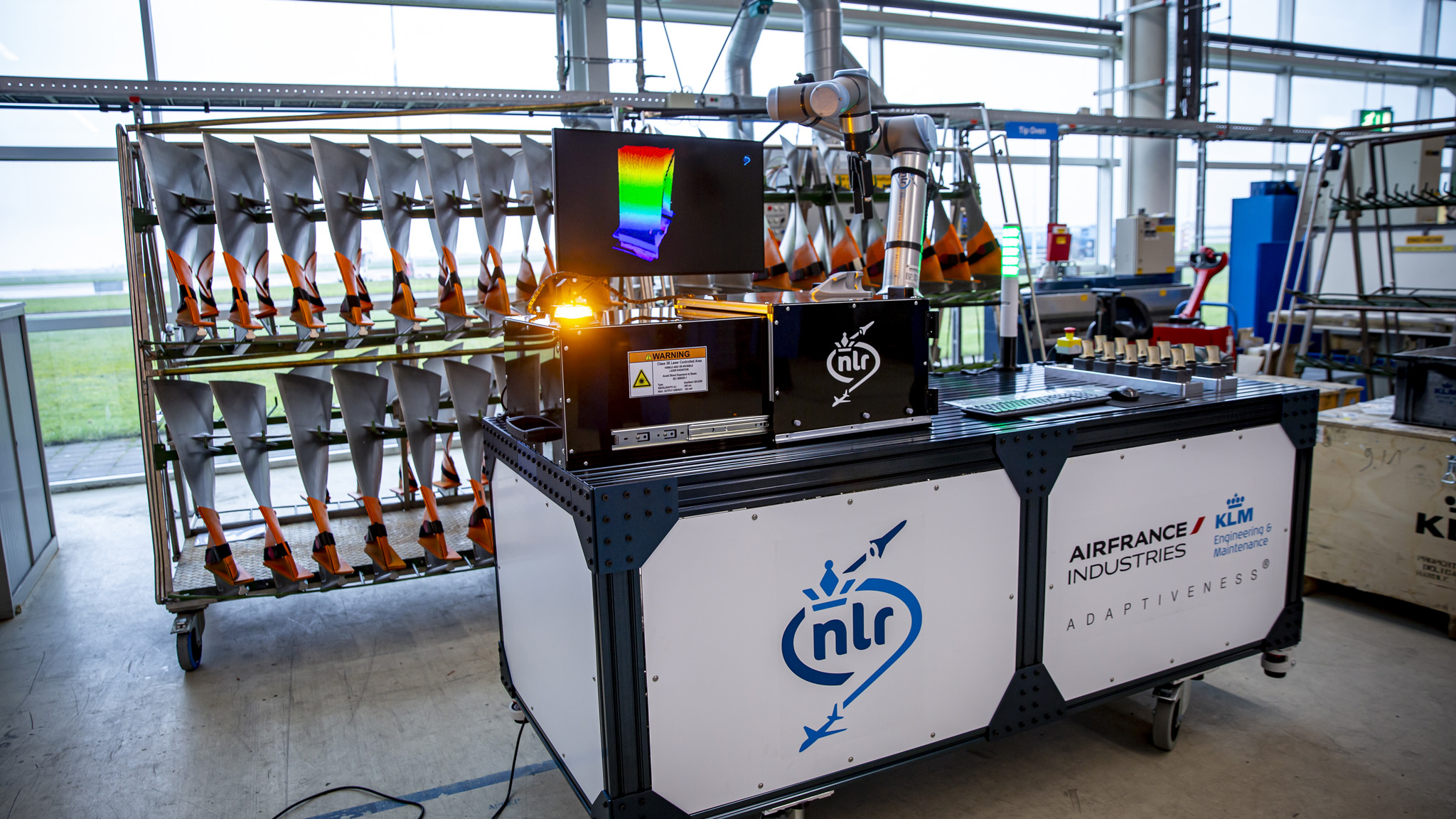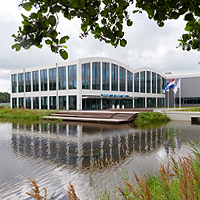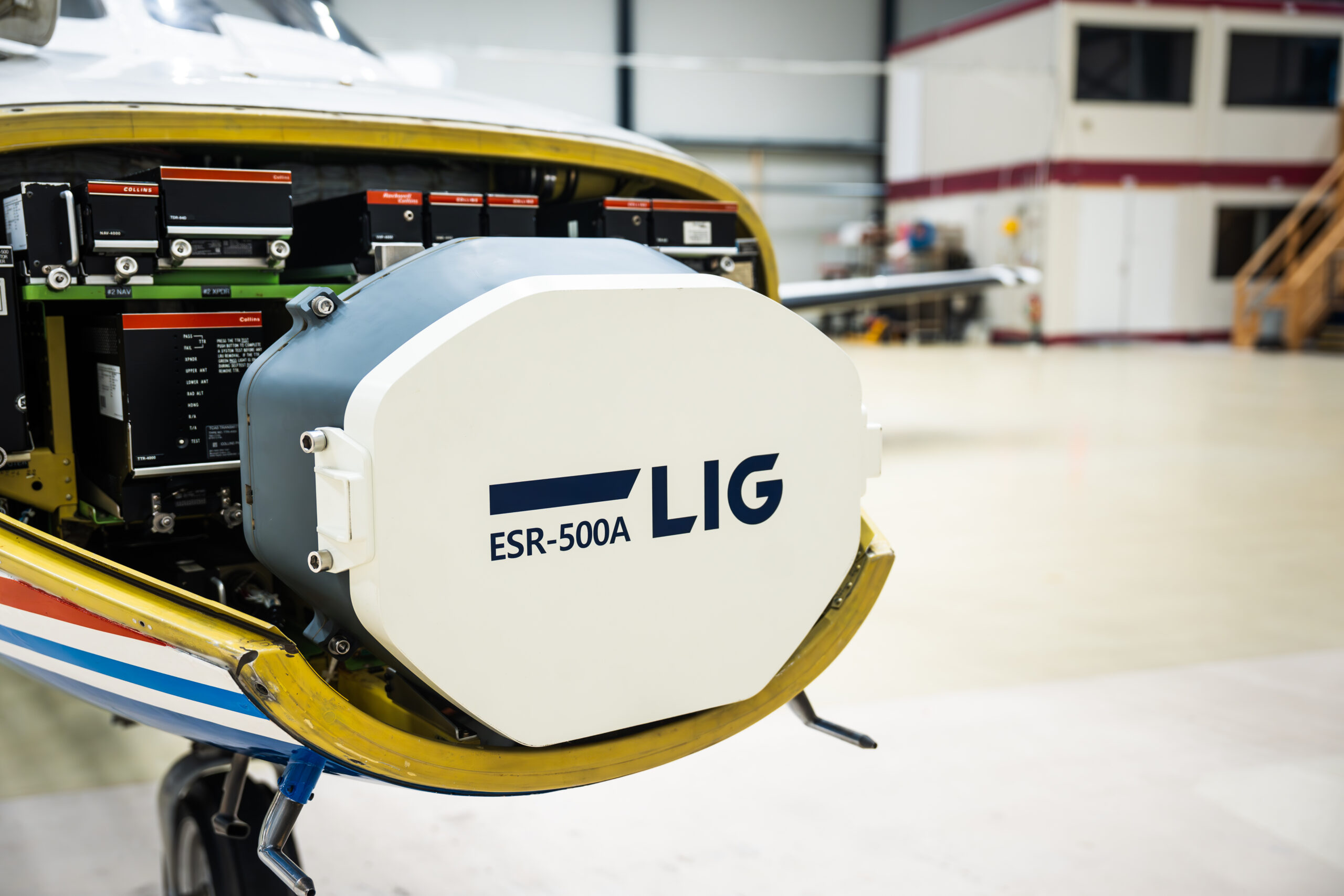Maintenance is important to make aircraft operations a success. Unfortunately, the MRO industry is faced with a shortage of labour and pollution. How can we use innovations to help the industry?
The challenge
Aircraft maintenance organisations perform high-tech maintenance on aircraft. The maintenance activities are labour intensive and require considerable resources. In this research, we investigate if it is possible to make maintenance activities labour extensive and if it is possible to reduce polluting resources, such as fossil fuels. Some inspections are labour intensive and are detrimental to the working environment; especially dull, dirty and dangerous tasks. Some training events such as engine ground runs and remote support activities are rather expensive and produce unwanted emissions.
The solution
We can help you make your maintenance organisation more efficient and sustainable with smart maintenance inspection robots and smart training devices that minimise the maintenance resources, such as labour and fossil fuels.
What did we do?
NLR is part of the BrightSky consortium, together with JetSupport, Air France KLM, and others. The consortium develops solutions to improve the economics and sustainability of aircraft maintenance and operations. NLR is involved in three BrightSky research projects where we (i) develop and qualify a robot to inspect high pressure turbine blades which is a labour extensive way of working, (ii) develop an engine ground run simulator using augmented reality to train technicians without burning fossil fuels,
and (iii) develop an augmented reality application to supervise maintenance at remote locations, avoiding time and fuel consuming trips to outstations. These solutions make aircraft maintenance more labour extensive and more sustainable.
Project partners:
Industry :
Research organisations:

This project has received funding from the Clean Sky 2 Joint Undertaking (JU) research and innovation programme under
grant agreement no xxxx




